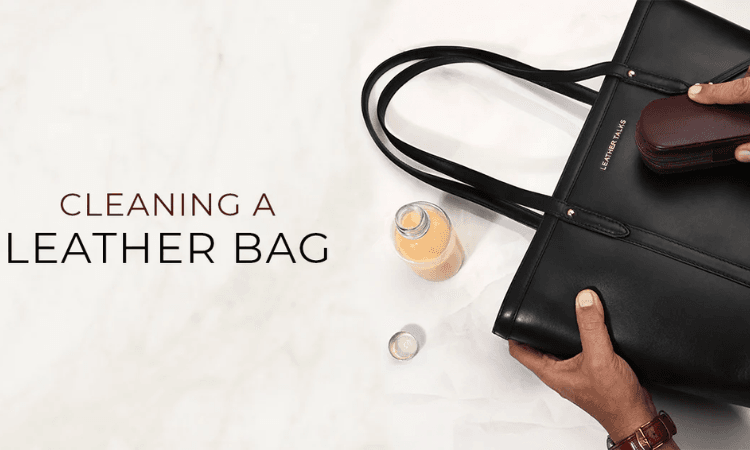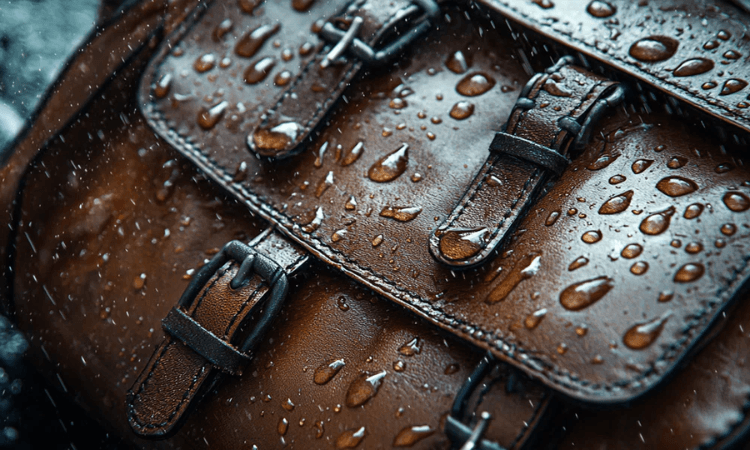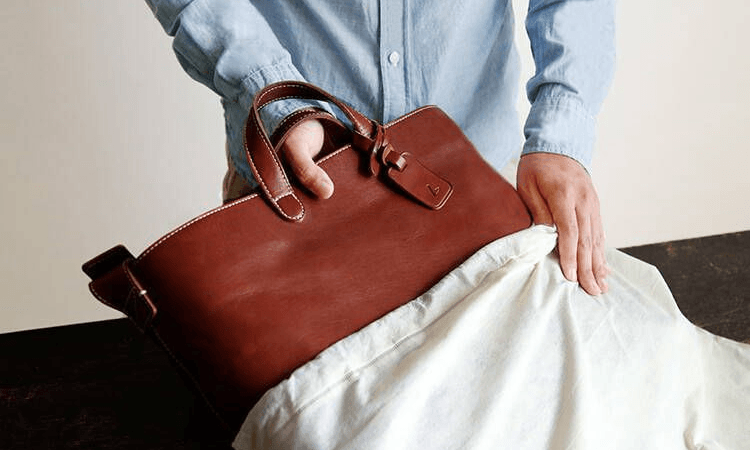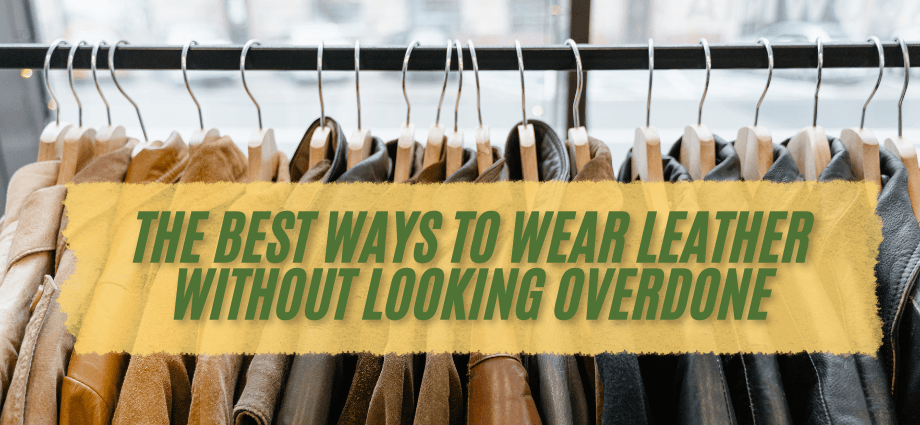Leather bags are timeless fashion statements and practical accessories. However, maintaining their quality and appearance requires consistent care. Without proper maintenance, leather can dry out, crack, discolor, or lose its shape. This guide will provide detailed steps on cleaning, conditioning, protecting, and storing your leather bags to preserve their beauty and functionality for years to come.
Cleaning Your Leather Bag
Regular cleaning is essential to keep your leather bag looking fresh and preventing dirt or stains from settling into the material. The method you choose should depend on the type of leather and the nature of the dirt or stain.
General Cleaning Techniques
Start by wiping the bag with a soft, dry cloth to remove surface dust. For more thorough cleaning, dampen a clean cloth with water and apply a small amount of pH-balanced leather cleaner. Gently wipe the leather in circular motions to lift dirt without saturating the material. It is essential to avoid excessive water, as leather is porous and can absorb moisture, leading to damage.

If you are using a new cleaner, always test it on an inconspicuous area first. This ensures the cleaner will not discolor or harm the leather.
Cleaning Stains and Spills
For stubborn stains like ink, dip a cotton swab in rubbing alcohol and gently dab the affected area. Take care not to rub, as this can spread the stain. Oil stains can often be treated by sprinkling cornstarch or talcum powder over the spot, letting it sit overnight, and brushing it off with a soft cloth the next day.
Specialized cleaners, such as Chemical Guys Leather Cleaner, are effective for addressing deeper stains. Follow the manufacturer’s instructions for best results.
Cleaning Different Leather Types
Different types of leather require specific cleaning methods. Smooth leather is more forgiving and can be cleaned with mild solutions. Suede, on the other hand, is more delicate. Use a suede brush to remove dirt and products like Kiwi Suede Cleaner to handle more severe stains. Avoid using water on suede, as it can leave marks or alter the texture.
Conditioning Leather Bags
Leather naturally loses its oils over time, causing it to become dry, brittle, and prone to cracking. Conditioning helps restore these oils, keeping the material soft and supple.
Importance of Conditioning
Conditioning does more than moisturize the leather; it enhances its durability and maintains its natural luster. Without regular conditioning, leather can lose its flexibility, leading to cracks and visible signs of wear.
How to Condition Your Bag
To condition your leather bag, begin with a clean surface. Use a soft, lint-free cloth to apply a small amount of conditioner, such as Leather Honey Conditioner. Gently rub the conditioner into the leather in circular motions to ensure even coverage. Allow the conditioner to sit for 10 to 15 minutes to penetrate the material before buffing off any excess product with a clean cloth.
The frequency of conditioning depends on how often the bag is used and the climate it is exposed to. For frequently used bags, conditioning every three months is ideal. For less frequently used bags, once every six months is sufficient.
Protecting Leather Bags
Protection is a critical aspect of leather care, as it shields the material from external damage, such as water, scratches, and excessive sunlight.
Preventing Water Damage
Leather is not naturally waterproof, making it vulnerable to water damage. To protect your bag, apply a waterproofing spray such as Apple Brand Garde Rain & Stain Repellent. This product creates a barrier that prevents moisture and stains from penetrating the leather. Be sure to reapply the spray every few months or after significant exposure to water.

Avoiding Scratches and Scuffs
Scratches and scuffs can mar the surface of your leather bag. Handle your bag carefully and avoid placing it on rough or uneven surfaces. When storing, use a fabric cover or dust bag to protect the leather from accidental damage.
Caring for Hardware and Accents
Many leather bags feature metal hardware, such as zippers, clasps, or buckles. These elements require their own care to maintain their shine. Use a microfiber cloth to gently clean metal accents, removing fingerprints or tarnish. Avoid exposure to chemicals or salty environments, which can corrode the hardware over time.
Storing Leather Bags Properly
Proper storage is just as important as regular cleaning and conditioning. Incorrect storage can cause permanent damage, including creases, mold, or fading.
Avoiding Common Storage Mistakes
Never store your leather bag in a plastic bag, as this traps moisture and promotes mildew growth. Similarly, avoid exposing the bag to direct sunlight, which can fade the leather, or heat sources, which can dry it out.
Storing Leather Bags Properly
Store your leather bag in a cool, dry place, ideally inside a breathable dust bag or cotton pillowcase. To maintain the bag’s shape, fill it with tissue paper or a bag insert. Avoid using newspaper, as the ink can transfer onto the leather and stain it.

For long-term storage, periodically air out the bag to prevent mold or mildew. Regularly checking on stored bags also ensures they remain in good condition over time.
Troubleshooting Common Problems
Despite your best efforts, leather bags may occasionally develop issues. Quick and effective solutions can prevent minor problems from escalating into major damage.
Repairing Cracked Leather
Cracks can occur when leather becomes too dry. Small cracks can be treated with a leather balm or cream. Gently apply the product to the cracked area, allowing it to restore moisture and flexibility. Severe cracks, however, may require the expertise of a leather repair professional.
Removing Unpleasant Odors
Odors are another common problem, especially if the bag has been exposed to moisture or stored improperly. Place a small pouch of activated charcoal or baking soda inside the bag to absorb unpleasant smells naturally. Avoid using air fresheners, as they can leave behind residues or overpowering fragrances.
Conclusion
Caring for leather bags may require time and effort, but the results are well worth it. Regular cleaning removes dirt and stains, conditioning restores essential oils, and proper protection prevents environmental damage. Storing your bag correctly ensures its shape and appearance are preserved. By addressing common problems quickly and using quality products, you can enjoy the elegance and practicality of your leather bag for years to come. With consistent care, your leather bag will remain a timeless accessory that ages beautifully.




